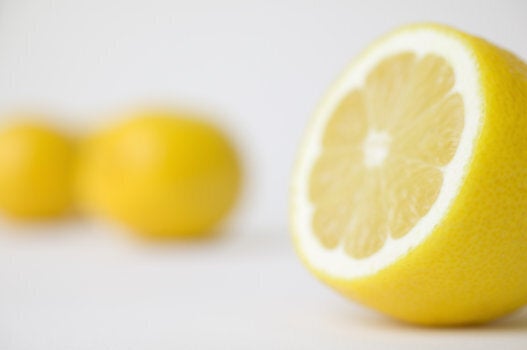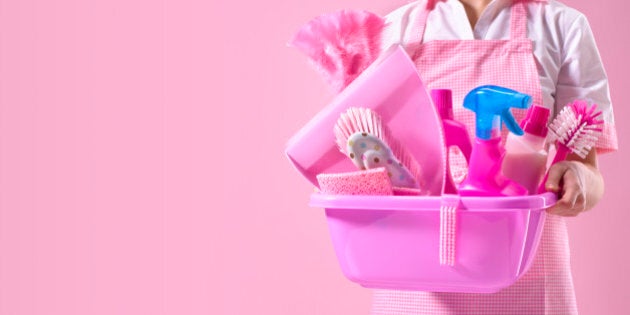
Written by Elisa Krovblit
An expert on the chemistry of clean, Kim Dunn holds a degree in industrial microbiology and owns a Molly Maid franchise. Her tips on cleaning come from her scientific insight. Use these suggestions to up the ante on your spring cleaning.
Spring cleaning: Mattress and pillows
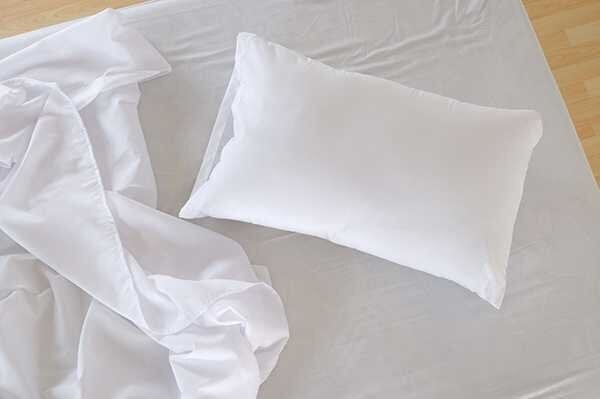
The problem:
You don't want to know how dirty your mattress and pillows are, and you may not be able to sleep after Dunn is done, but if you're not using a good mattress protector, washing it and vacuuming your mattress, "you've got some lively behaviour beneath you at night! Mattresses and pillows are full of fungus and bacteria, and let's not forget dust mites. You're sweating, you're excreting oils, shedding skin cells, and dust mites feast on skin cells. If they're eating, they're excreting," chimes Dunn."
A mattress gains 10 per cent of its weight over the course of its lifetime -- oils, mites, mite poo, skin cells. A typical mattress has between 100,000 and 10,000,000 dust mites feasting!"
The solution:
Keep it covered and keep it clean. Get a mattress cover that's waterproof and impervious to skin cells and bodily secretions. Remove it once a month and wash it. "
Laundering the cover regularly and vacuuming helps, too. The vacuum gets rid of skin cells and mites. When removing the mattress cover, vacuum the mattress. Use the vacuum's crevice tool to get right into the creases."
You should also keep your pillows in protectors. They should be replaced regularly.
Spring cleaning: Sports equipment
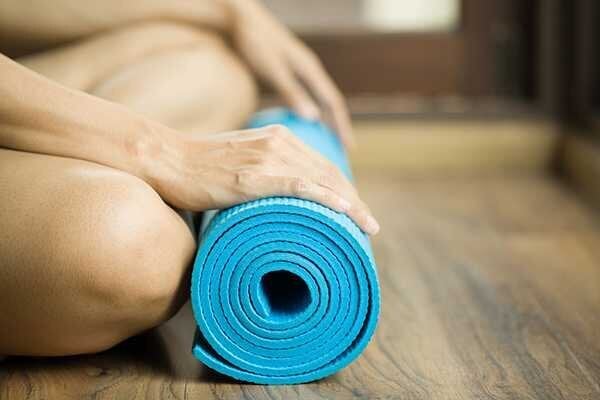
The problem:
"Sports equipment. Really bad," Dunn says right off the... err... bat. You almost don't want to know. Hockey bag? Yes, but don't stop there. Think shin protectors, jocks, padding, snowboard boots and yoga mats. They're all breeding grounds. "
If it smells, there's something growing. It's an abyss of germs in any given sports bag. Yes, I said an abyss," she repeats herself. Most padding is made of foam. "The surface area is 100 times what you think it is, like a sponge." It's a massive surface area for germs and bacteria to grow. Not just big sports bags, it's those yoga mats you roll up and throw into the trunk until next class.
Think about how you use them, she suggests. You're sweating and laying on them -- hot yoga is worse. "Bacteria and fungus feed off of moisture -- off of our sweat." Worse than just being dirty, diseases like Staph A and MRSA can be harboured and spread on this equipment.
The solution:
"Deodorizing is not cleaning. Masking the odours is not killing anything." You can take your equipment for an ozone treatment. That will get rid of the smell and the bacteria. You should also wash the equipment on a sanitizing cycle.
Aside from treatments, the best thing you can do for your equipment, says Dunn, is to "Air it out and let it completely dry before you put it away. Put it in the sun to dry." The UV light, she explains, is beneficial for drying out and killing bacteria and fungus.
And that yoga mat? "Carry a spritz bottle filled with water and add essential oils: 10 drops of tea tree oil and 10 drops of your favourite essential oil, like lavender, eucalyptus or citrus. Spray your mat and let it air dry before putting it away," she says. And anything metal based, like a mask, should be swabbed with rubbing alcohol.
"A study was done to see where the typical equipment fit within our provincial guidelines for the acceptable limits of bacteria:
- Shoulder pads: 19 times higher than the acceptable limit
- Helmet: 30 times higher than the acceptable limit
- Pants: 180 times higher than the acceptable limit
- Jock: 376 times higher than the acceptable limit
- Shin pads: 3,440 times higher than the acceptable limit.
There are 188,650 bacteria/25 square centimetre in shin pads. If it smells, it's growing."
Spring cleaning: Pets
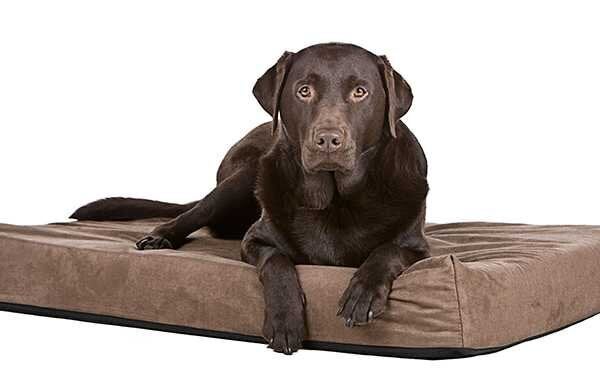
The problem:
"The fur babies bring in a bevy of bacteria and change the microbiome of your home. Over half the home's microdiversity is attributed to the animals in that home, what they have naturally existing on their bodies."
While they bring in their own specific bacteria, sharing it wherever they, they also have some filthy habits. "Animals bring a lot of poo into our homes," says Dunn. Whether running around the dog park or the backyard, dog paws and fur pick up whatever they touch. Rotting leaves and dead fish are like perfume to dogs -- they roll in just about anything that smells good to them. Then they come into your home, walk on your carpets, sit on your sofa, nuzzle up against you, snuggle up in your bed -- and share all of it with every point of contact.
"In comparing homes with and without dogs, they found homes with dogs had more types of bacteria.
- TV screen: 52 per cent more
- Pillow cases: 42 per cent more
Fecal contamination in homes with animals is 30 to 35 per cent higher."
And then there's the cat. Litter box use guarantees their paws are covered with fecal contamination. They walk on the countertop, curl up on your bed leaving a bacteria trail wherever they wander.
The solution:
Aside from swearing off pets -- because that's not an option for many, wiping their paws is a big factor in reducing the contamination. "We wipe our feet when we come. Clean their paws with soap and water, or at least wipe them down. Keep pets off furniture and bedding. Put a washable blanket on their favourite spots -- and wash that weekly.
"Don't let animals drink out of the toilet, it's a huge cross-contaminant - and wash hands after playing with animals."
Spring cleaning parent tip: Lice
"We never had lice. Add eight to 10 drops of tea tree oil into your shampoo." This is a natural lice repellent. Dunn says you may find the tea tree oil leaves a scent, but it's greatly preferential to lice!
So, what are you planning to clean first?
Follow HuffPost Canada Blogs on Facebook
MORE ON HUFFPOST:
